Lapierre celebrates turning 70 with major road bike range overhaul
Five new and refreshed models spanning TT, road disc, endurance, gravel and cyclocross
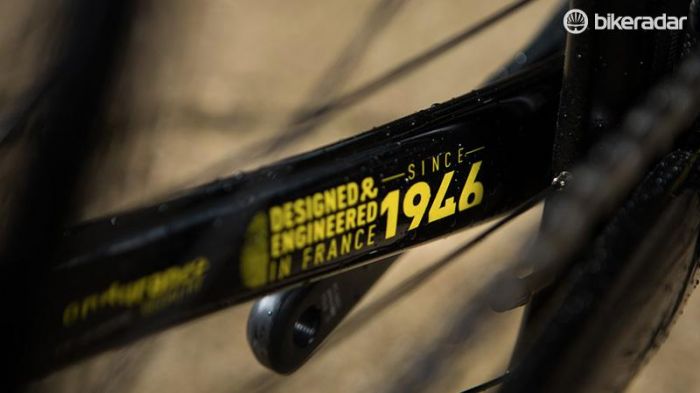
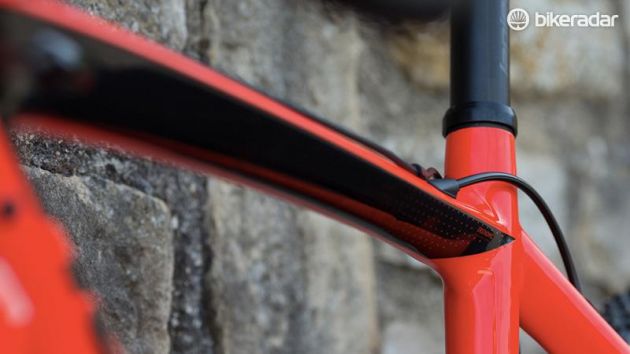
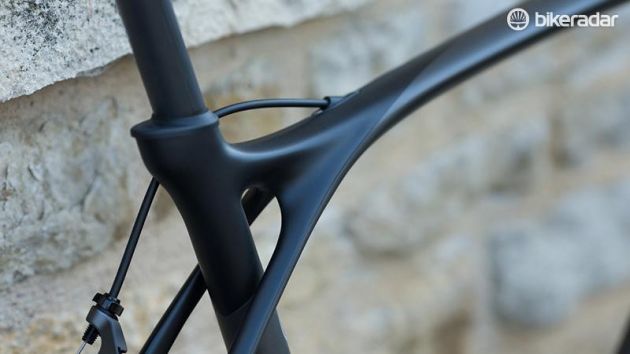
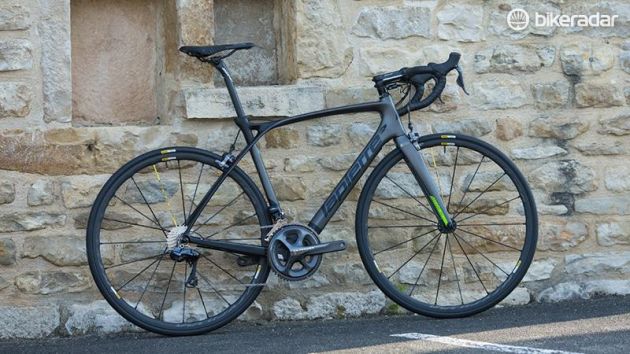

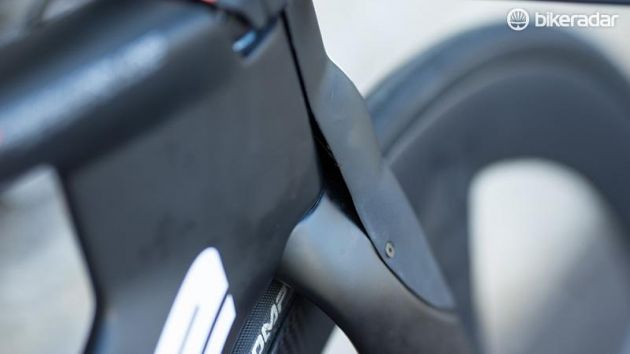
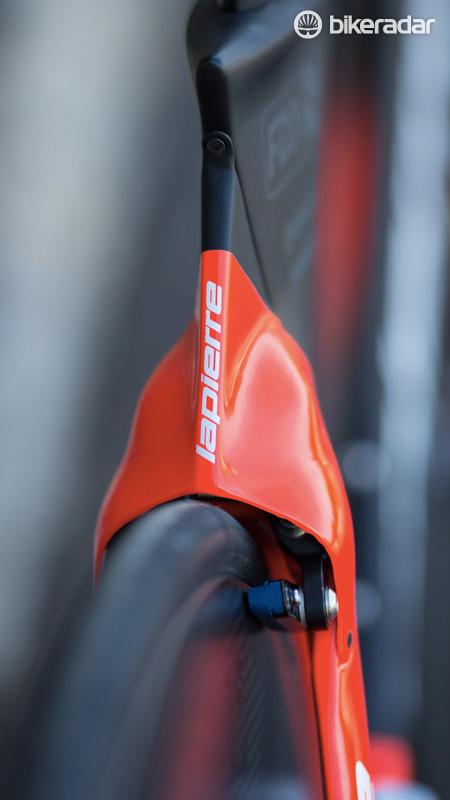
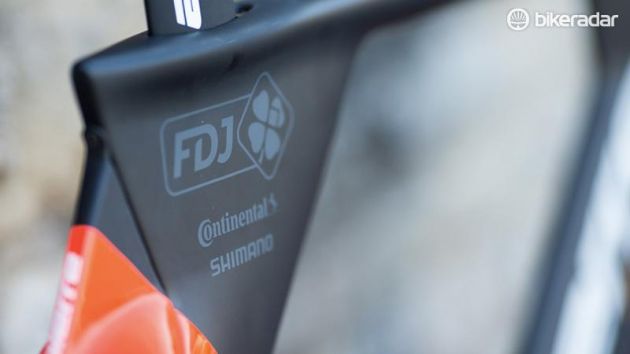

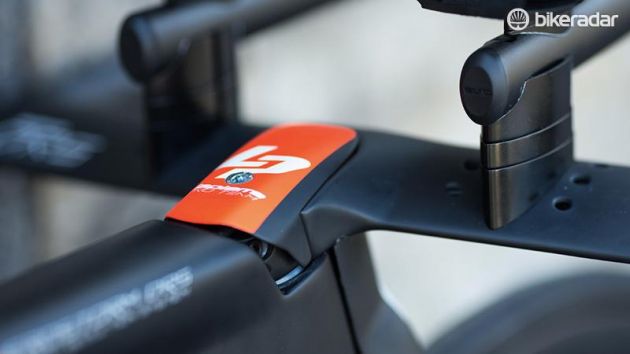
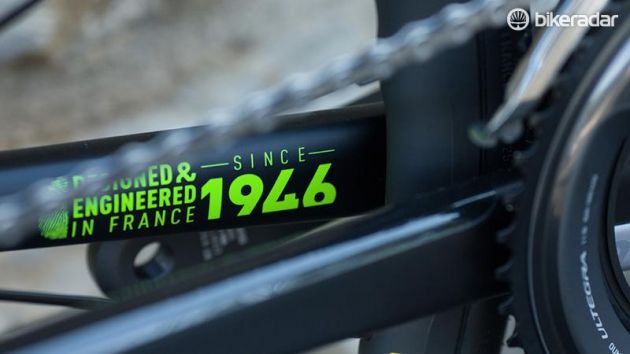
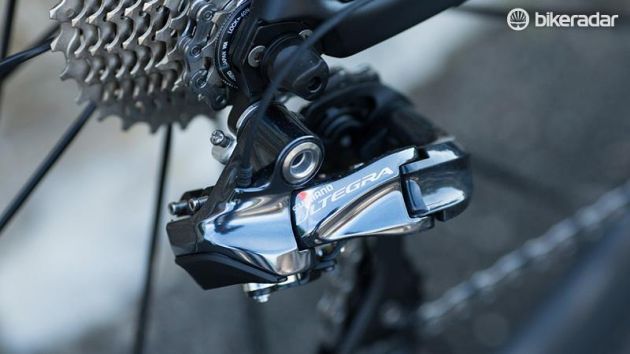
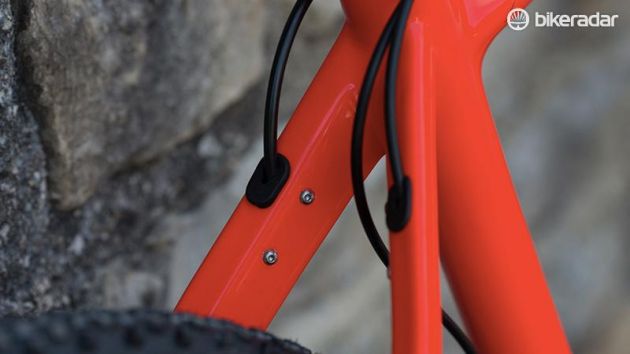




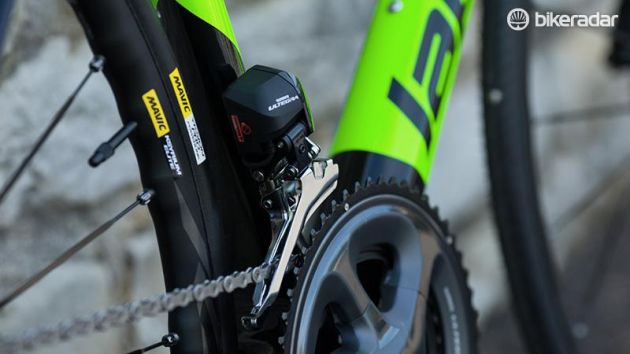
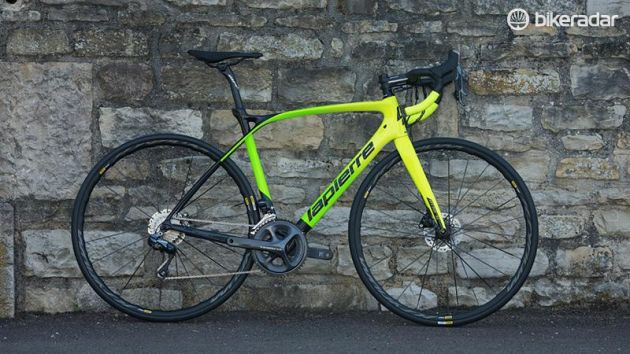
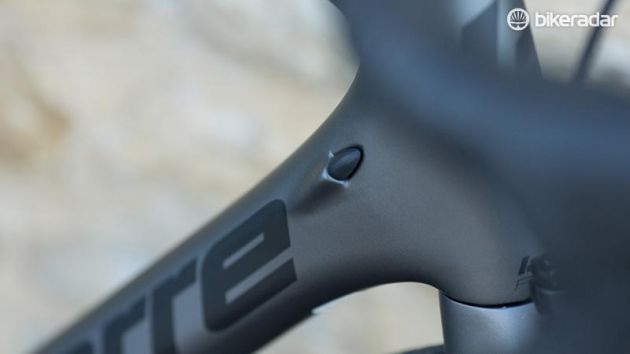
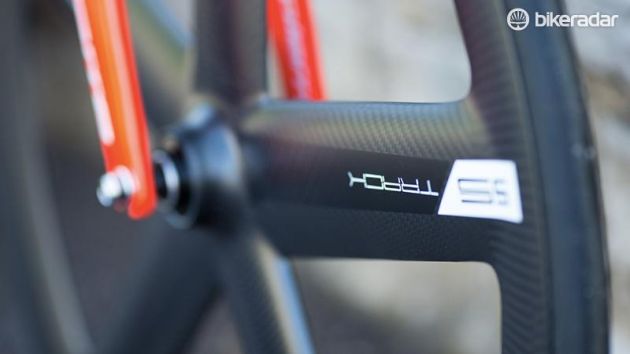
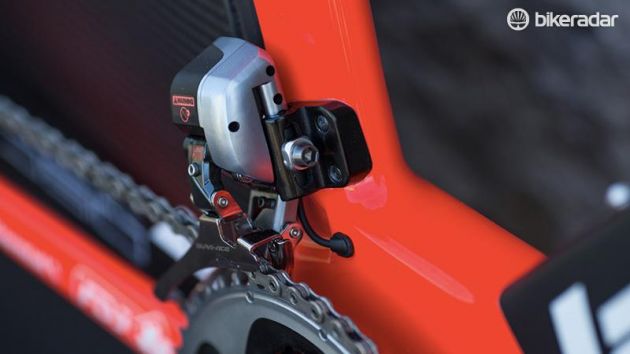


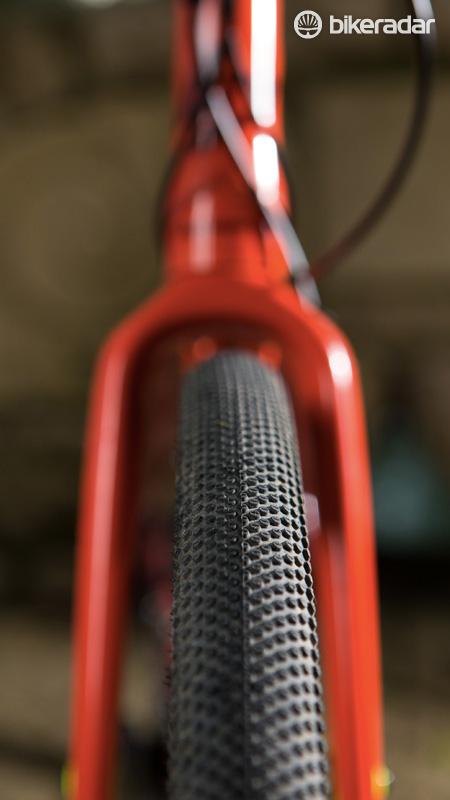
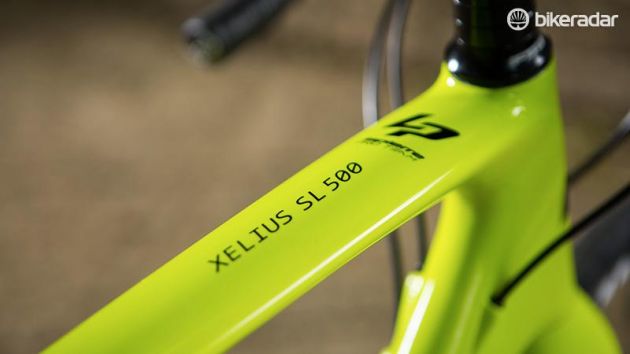
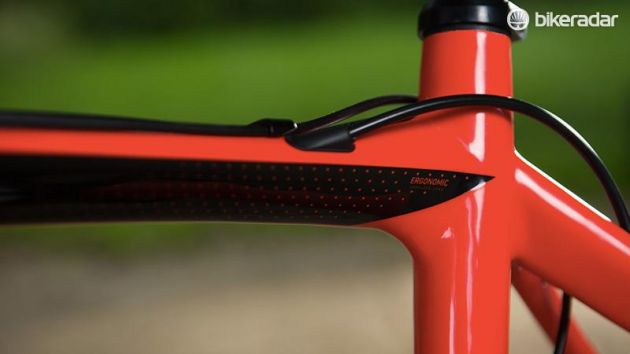
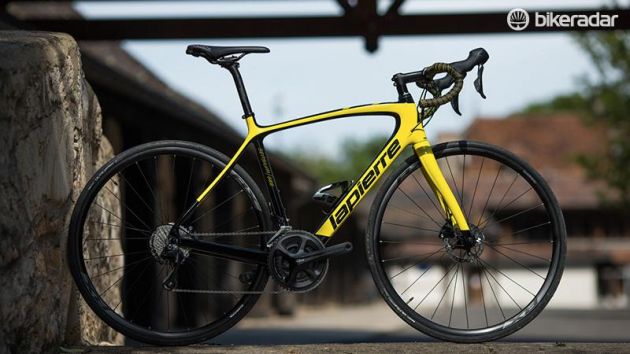

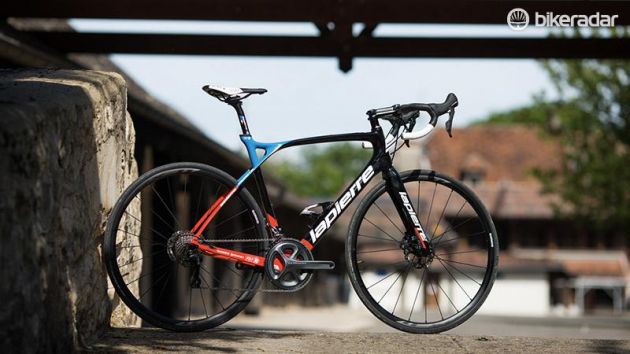

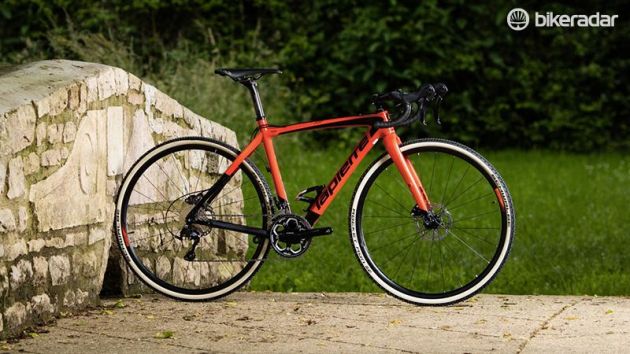

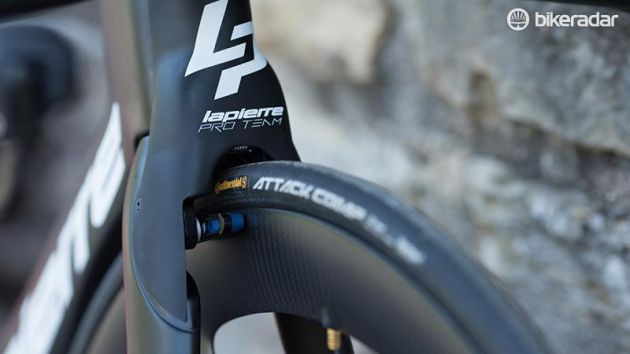
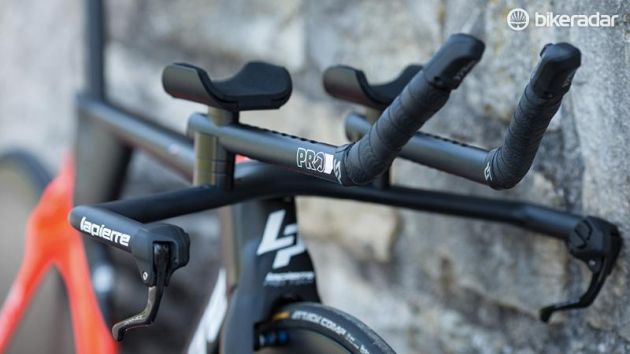
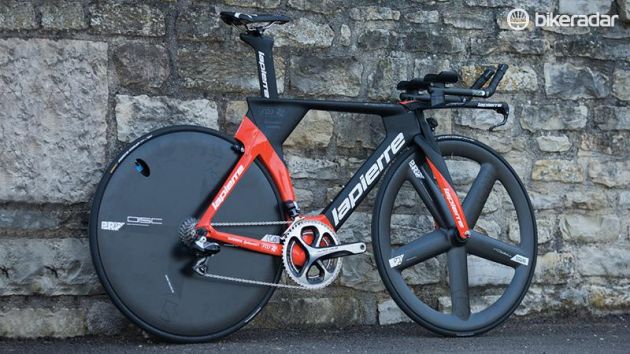


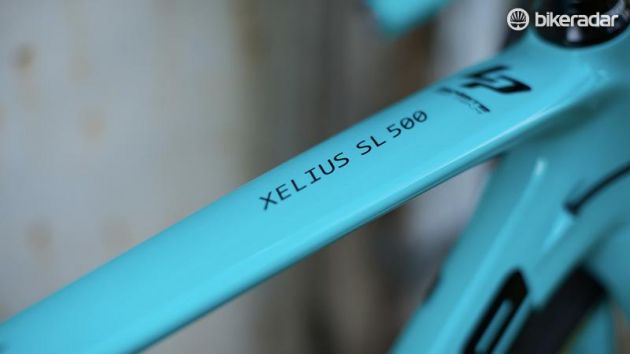
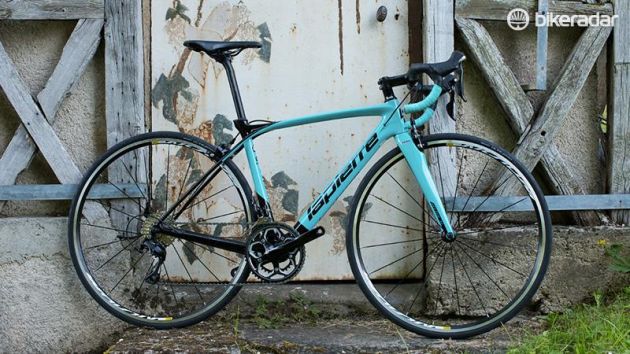

This article originally appeared on BikeRadar
Lapierre is celebrating its 70th year and it seems apparent the firm intends to make it a big one, with new models in time trial, road disc, endurance, gravel and cyclocross.
The first two bikes – the new TT Aerostorm and a new disc version of the lightweight Xelius SL – are part of Lapierre's 15-year partnership with the Française des Jeux racing team. With FDJ's Thibaut Pinot ranking in the top five in the world, Lapierre's aero-road Aircode having taken third in the Tour de France and stages in the Vuelta a España and the Giro d'Italia, and the rim-braked Xelius SL having a stage win on Alpe d'Huez to its name, it was no surprise to hear Gilles Lapierre describing the relationship as going from strength to strength. Lapierre went on to announce that Lapierre had added a two-year extension to the FDJ deal.
Aerostorm DRS
The new incarnation of Lapierre's WorldTour TT bike has been in development for two years. The process has included input from FDJ riders and the R&D department of the University of Besançon, aerodynamic evaluations courtesy of the University of Reims, and testing at both the Magny-Cours wind tunnel and track, and Roubaix velodrome. FDJ riders test out the bikes in dedicated sessions at pre-season training camps with the engineering and design team from the Dijon HQ, led by Remi Gribaudo, in attendance to get direct feedback from riders.
Gribaudo told us that the Aerostorm has an all-new frame, with improvements that go beyond better aero performance. That meant improving stiffness (with the rear triangle getting 30% more rigid) and making it lighter – the complete bike weighs in at just 8.1kg for a medium, making it one of the lightest time trial machines to date.
Lapierre also wanted to improve stability and handling, so looked at weight distribution. With a traditional frame layout, a lot of additional weight is carried high up within the chassis (in cable routing and Di2 battery placement, for instance). To address this, the team introduced Trap Door Technology (TDT), first seen on the Xelius SL, meaning all cables are routed through the down tube to the bottom bracket, where the Di2 battery is also held. Access, as the name suggests, is via a trap door. The setup shifts over 100g much lower down, which, Gribaudo claims, makes for a much more balanced feel aiding handling and saving precious energy.
The brand has also developed its own direct-mount, center-pull brakes both fitted in the traditional locations (so no fiddly under-chainstay brakes), which has kept the FDJ mechanics happy. "With better braking, we can improve performance hugely – later and better braking makes for a faster ride," Gribaudo said.
The latest race content, interviews, features, reviews and expert buying guides, direct to your inbox!
Up front, meanwhile, a new base bar and integrated stem, along with new airfoil profiles on the fork and a cowled front brake all make for aero improvements. "We designed, developed, and engineered every element of the bike, with only the Profile TT extensions coming from outside," Gribaudo said.
It's understandable to look at such a dedicated front end and worry about getting the correct fit. Gribaudo assured us that the new geometry, which is effectively sized down but with a steeper seat angle and longer top tube, plus a seatclamp offering 100mm of fore-aft adjustment, three stem lengths and adjustable pad heights, means myriad fit options.
The Aerostorm DRS has already broken cover and gave FDJ its first ever victory in a team time trial in this year's Mediterranean Tour.
Xelius SL disc
The disc version of Lapierre's radical-looking lightweight climbing machine follows the same geometry as the rim-brake bike, the single exception being longer chainstays to ensure a straight chainline with the wider rear axle.
As with the Aerostorm DRS, Lapierre has incorporated TDT so all of the routing is down to the BB (as is the Di2 battery) to enhance balance and handling. The 12mm thru-axle standard features at both ends, and the frame also uses a different resin at the ends of the fork leg and stays.
"We wanted to ensure the frame can handle the extra energy and heat from disc brakes, so we use a special high TG resin in these critical areas to make sure the frames integrity is insured," Gribaudo said. "Standard resins used in carbon manufacture can handle 140C; our special resin ups this to 190C."
The new SL Disc will launch with three versions, a 500 with a 105 group, 600 with Ultegra, and semi-custom as part of the Ultimate line. The unique shape of the frame, with its long curved seatstays that bypass the seat tube, is claimed to improve rear end comfort hugely (something BikeRadar testers have agreed with when riding the rim-brake version) while the oversized 'powerbox' BB ensures stiffness through the drivetrain. Sitting alongside the 500, 600, and Ultimate discs is a women's version with a new XXS size available too.
Sensium
Lapierre's endurance model has been completely redesigned for 2017, with both disc and non-disc versions getting a new frame shape, though it retains the sporty-end-of-endurance geometry of the previous Sensium.
The curved top tube tapers from an oversized front third into a skinny, flattened, horizontal elliptical shape at the seat tube end, paired with super skinny and very curved seatstays. The sloped shape leaves plenty of exposed seatpost for greater comfort, while the switch to a slimmer 27.2mm post will help further with compliance.
Below this, the tapered head tube, big down tube and boxy oversized chainstays ending in a sandwiched carbon/alloy dropout offer maximum stiffness, Lapierre claims. Both disc and standard versions get TDT, though unlike the Xelius the disc model uses standard quick-release wheels to keep the price competitive.
The Sensium is available in 300 (Tiagra), 500 (105) and 600 (Ultegra) spec on the standard brakes, and 500 (105) and 600 (Ultegra) in disc versions with three women's-specific models on their way too.
Cross Carbon
The Cross Carbon is designed for racing but, Gribaudo explained, Lapierre wanted a bike that's suited to more than just an hour's riding on the limit.
The geometry is classic 'cross stuff – shorter reach, slacker head angle and plenty of clearance – but there are also carrier mounts front and rear and even canti-bosses on the snake-shaped rear seatstays. All of the cables are routed along the top tube, and the tube itself is asymmetrical.
Gribaudo said the design offers an ergonomic fit when carrying the bike on the right shoulder while holding it at a running angle. It theory that's all good (unless you're one of the rare lefty carriers out there, we guess), and the couple of tries we had shouldering it on a few hours 'cross riding felt pretty good.
The fork's slight S-shape was developed to reduce the forces from hard hits and vibrations, and the Cross also features a variation on TDT so that if you do run Di2 you can keep the battery out of the way and improve weight distribution. The Cross is available in both disc and rim models, with the disc featuring 12/12 quick release thru-axles and the canti using 10mm QR adaptors. The disc Cross launches with 500 (105) and 600 (Ultegra) versions.
Crosshill
The Crosshill is Lapierre's take on a gravel bike, with endurance geometry based on the new Sensium, corrected for a slightly slacker head angle and a modified version of the Cross's new S-shaped fork. The latter is mounted into a new 'Supreme 5' alloy frame which features extreme butting throughout its tube sections.
It, like the rest of Lapierre's new disc machines, uses 12mm thru-axles. The clearances offered by frame and fork allow for up to a massive 50mm tyre, meaning the Crosshill has the potential to get really, really off the beaten track. It ships with big 160mm rotors so you can be assured it'll stop well whatever the surface.
The Crosshill is initially available in two versions; a Tiagra hydraulic-equipped 300 version, and an upspecced 500 with hydraulic discs and 105 drivetrain.